I'm running the following code:
import numpy as np
import matplotlib
matplotlib.use("TkAgg")
import matplotlib.pyplot as plt
N = 100
t = 1
a1 = np.full((N-1,), -t)
a2 = np.full((N,), 2*t)
Hamiltonian = np.diag(a1, -1) + np.diag(a2) + np.diag(a1, 1)
eval, evec = np.linalg.eig(Hamiltonian)
idx = eval.argsort()[::-1]
eval, evec = eval[idx], evec[:,idx]
wave2 = evec[2] / np.sum(abs(evec[2]))
prob2 = evec[2]**2 / np.sum(evec[2]**2)
_ = plt.plot(wave2)
_ = plt.plot(prob2)
plt.show()
And the plot that comes out is this:

But I'd expect the blue line to be a sinoid as well. This has got me confused and I can't find what's causing the sudden sign changes. Plotting the function absolutely shows that the values associated with each x are fine, but the signs are screwed up.
Any ideas on what might cause this or how to solve it?
